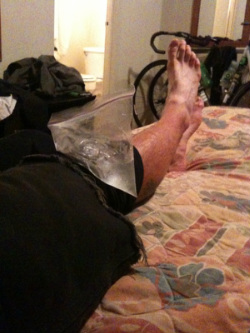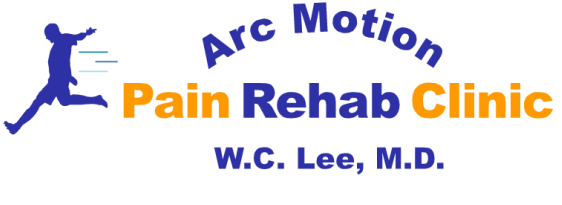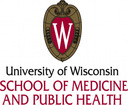
With advancements in medicine, we are living longer and our knees take on the accumulation of stresses of our daily activities over time. So, as we get older, many more of us are impacted by knee pain. The good news is there are many options to help treat knee pain besides surgery.
Treatments can be as simple as placing an ice pack on your knee for 20-30 minutes every 3 to 4 hours for the first 2-3 days or until the pain subsides. Your leg can also be elevated by placing a pillow underneath it to help reduce swelling.
A multitude of conditions may result in knee pain such as ligament injury, cartilage (aka meniscal) injuries, arthritis, muscle and tendon injuries, strains and kneecap injuries or misalignments. A physician specialist can help you develop a personalized exercise program targeted to treat your specific injury. One of the many exercises to treating knee osteoarthritis includes quadriceps strengthening to help take the stress off the knee joint.
There are a slew of different medications available for treating knee pain like topical and oral medications, prescription patches, and prescribed medical foods. There is also over the counter glucosamine/chondroitin which is widely lauded but also controversial in its benefits for knee osteoarthritis pain.
Transcutaneous electrical nerve stimulator (TENS) units are yet another option for pain relief and can be prescribed for your home use by a physician. TENS units are pocket size, portable, battery-operated devices that send electrical impulses to the desired painful area of the body to block pain signals.
Prescription braces and orthotics such as “unloader” braces can be used to offload the damaged cartilage area together with specific shoe inserts, and “infrapatellar” braces can be used to help realign your knee cap.
With the advent of cutting-edge technology, we have more options to treat our knee pain and stave off surgery such as knee replacements. One of which has helped Kobe Bryant stay in the game, Hines Ward heal quickly and Tiger Woods with his career comeback. This groundbreaking treatment is called Platelet Rich Plasma (PRP) therapy, and it has been around for decades for medical uses such as wound healing, dental implants, and eye repair surgeries. PRP therapy is advantageous over surgery in that it has the possibility of healing our knees in a manner that can essentially last for a lifetime whereas knee replacement surgery typically lasts only up to 10-15 years before the hardware wears out.
Best of all, PRP is a simple non-surgical treatment that uses platelets from your own blood (obtained just like a regular lab draw) to heal the injured tissues. Platelets are nature’s “reservoirs” that may facilitate healing by promoting tissue regeneration and forming blood vessels that nourish new tissues. PRP may direct and amplify this natural healing process.
Finding the right treatment for your knee pain starts with the right diagnosis from a physician specialist. You might not need surgery to get on the road to pain relief and a better overall quality of life.








 RSS Feed
RSS Feed